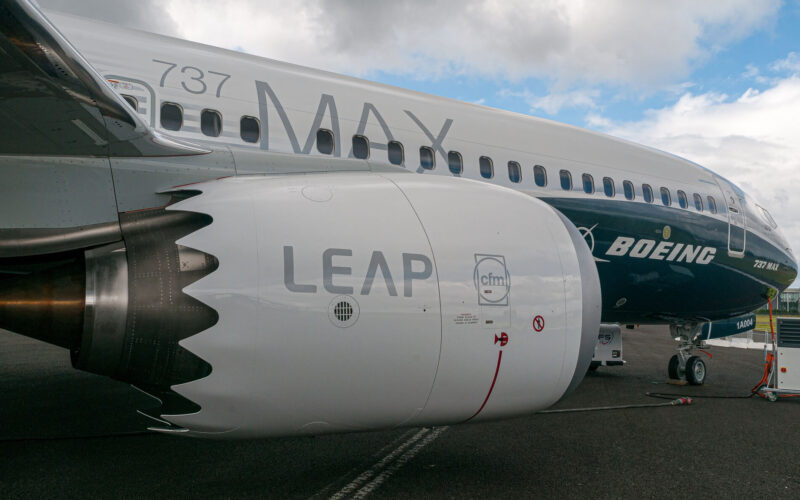In a session with the European Union Parliament’s Committee on Transport and Tourism (TRAN), the executive director of the European Union Aviation Safety Agency (EASA) Patrick Ky noted that the Boeing 737 MAX has met the agency’s conditions, following “extensive work done during the last 20 months.”
Ky, who appeared in a hearing in front of the European Union Parliament’s Committee on Transport and Tourism (TRAN) on January 25, 2021, stated that the Boeing 737 MAX has met EASA’s four conditions and that the aircraft is ready to once again fly passengers.
“The first condition was that the two accidents were thoroughly understood in terms of root causes and we had no concern where we do not know what happened,” commented Ky. “The second condition was all the design changes made by Boeing to correct the causes of the accidents would need to be approved by EASA and implemented onboard the aircraft.”
Furthermore, the European agency concluded a completely independent review of the safety-critical components and assured that the “pilots would be trained appropriately in order to have safe operations of the 737 MAX.”
“We now believe that these four conditions are met and this belief has been built after extensive work during the last 20 months by a team of 20 people, including different types of experts: flight test pilots and engineers, but also human factor specialists” added Ky. The authority also performed audits at Boeing and Collins Aerospace sites, which has supplied the 737 MAX program with numerous parts. Numerous simulator sessions, human factor evaluations involving airline flight crews and flight tests were also done, indicated Ky.
EASA’s executive director commented that the ill-fated aircraft would be un-grounded this coming week on January 19, 2021. The European regulator issued its Proposed Airworthiness Directive (PAD) in November 2020, shortly after the Federal Aviation Administration (FAA) essentially un-grounded the aircraft.
While similarities were present, EASA also outlined its own differences in the PAD for the 737 MAX to once again fly commercially in Europe. For one, airlines will have to install colored caps on the stick shaker’s circuit breakers (CB) in order for pilots to be able to easily disable the stick shaker during moments of high workload during a flight if it were to activate erroneously.
Ky noted that 38 commenters shared their thoughts on the PAD, which closed for public comment on December 22, 2020. “All comments were thoroughly analyzed and when relevant, taken into account in what is going to be the final Airworthiness Directive.”
“Most of the comments that we received were on the clarity of the text and the wording. The ones on the technical issues were not deemed to be of a nature of triggering any new problem or issue, which has not been analyzed before,” stated the head of EASA.

